Analyzing Component Colors of Flames of Metal Salts
This is a very interesting demonstration by an official Harvard University YouTube channel. The video involves burning the salts of various metals and then determining the color spectrum or component colors emitted via a diffraction film. Besides the unnecessary mask he's wearing, this is a very insightful video. Some of the definitions of the terms are listed below.
Definitions of Terms
A salt is a chemical compound consisting of an ionic assembly of positively and negatively charged atoms or molecules (called cations and anions, respectively) that results in a compound with no net electric charge.
- A common example is table salt (NaCl), which consists of sodium cations (Na+) and and chloride anions (Cl-) ions.
An emission spectrum or color spectrum of a chemical element or compound is the spectrum or range of electromagnetic radiation frequencies emitted due to an electron making a transition from a high energy state to a lower energy state.
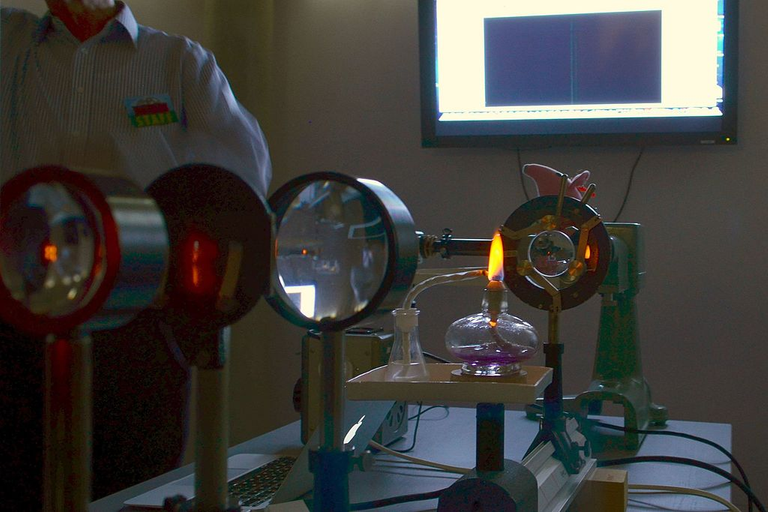
A demonstration of sodium emission spectrum using a wick with salt water in a flame.
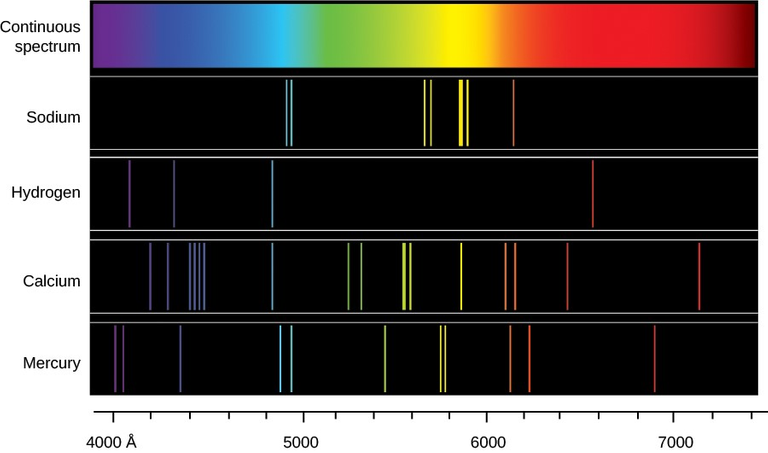
Emission spectrum of various metals: https://opentextbc.ca/astronomyopenstax/chapter/spectroscopy-in-astronomy/
Diffraction of light is the bending of light around an object or through an opening.

Comparison of light interactions: https://peakd.com/hive-128780/@mes/quasicrystals-penrose-tilings-metamaterials-and-optical-cloaking
A diffraction grating is a periodic structure that diffracts light into several beams traveling at different directions. A diffraction film is a thin film with a diffraction grating imprinted on it. A diffraction grating can be visualized as just many tiny slits, similar to the double slit experiment but instead we are dealing with millions of slits. However, the problem with this is that it is impossible to cut so many tiny slits. Instead, a slit can be mimicked by literally scratching the surface of material using a diamond edge. The idea is to create grooves or ridges that don't allow light through besides at the points between the scratches or lines; thus diffracting like like a typical slit opening.
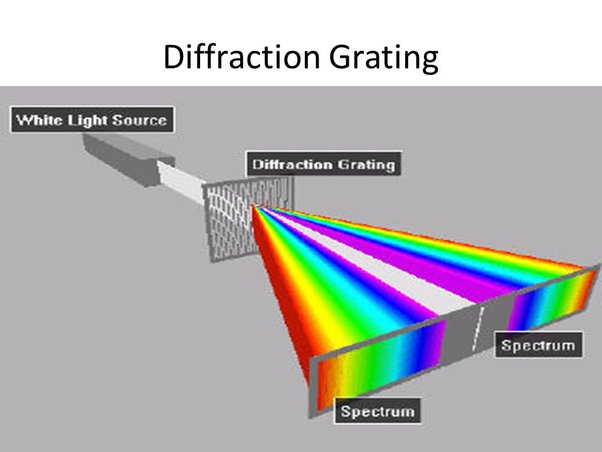
Source: https://www.physics.purdue.edu/irnanodev/docs/outreach/Malis_research_intro_summer_camp2018.pdf
A reflective diffraction grating has ridges on its surface that reflect light back at certain angles, which can thus act like slits for diffraction of light that goes through. The ridges are microscopically small.
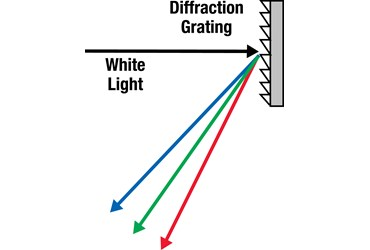
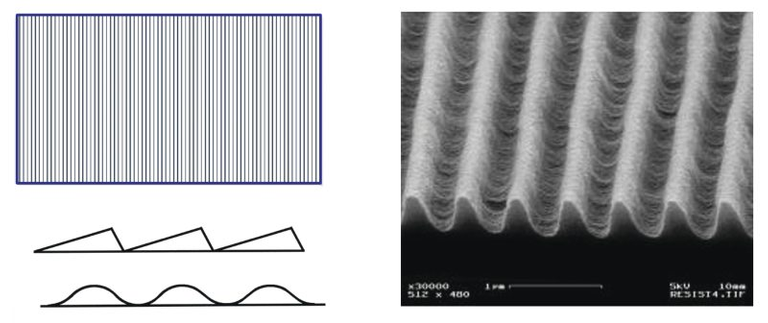
Figure: Depictions of top-down view of diffraction grating showing groove pattern (left, top) and side view showing different groove profiles (left, bottom). Scanning electron microscope image of diffraction grating (right) [1740 lines / mm grating].

https://www.plymouthgrating.com/product/transmission-diffraction-gratings/
Diffraction gratings can also be made to create images, such as a projection of Earth, and even imprinted onto chocolate, as demonstrated in the following video:
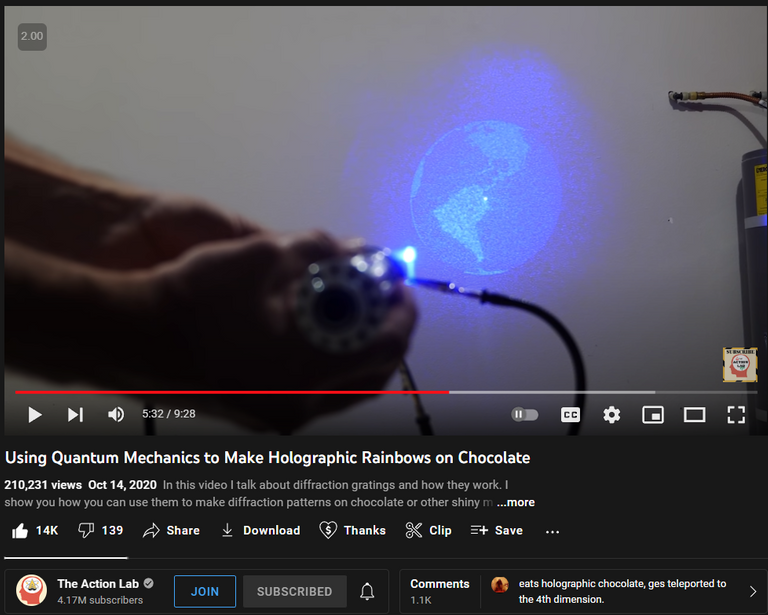
Procedure and Results of the Flame Tests
The procedure of the Harvard flame tests are as follows:
- Place the metal ions in the form of a chloride (Cl) salt solution.
- Dip a platinum rod inside the solution to capture some of the metal ions.
- Place the rod over a propane flame.
- Visualize with the naked eye the characteristic light being emitted.
- Place a diffraction film in front of the camera lens to get an emission spectrum of the component colors for each type of metal ions.
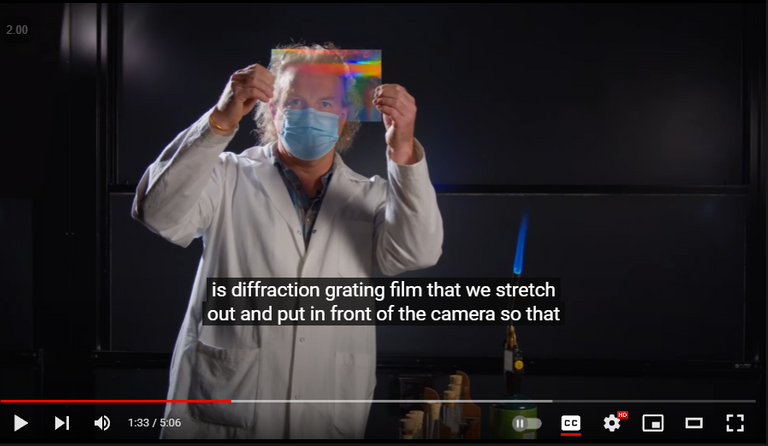
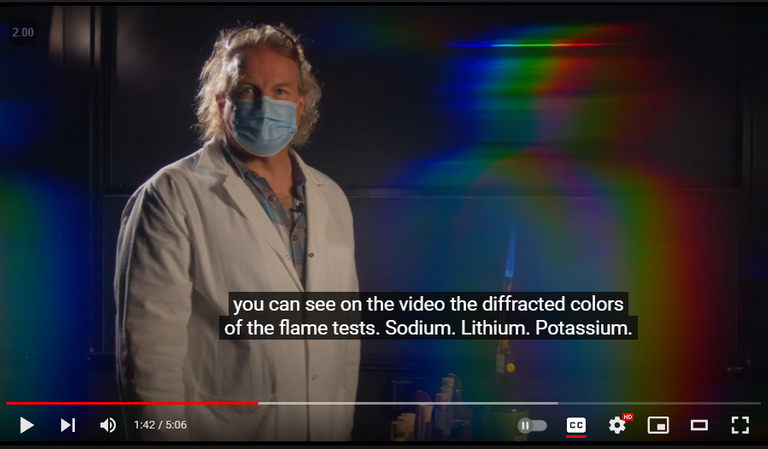
The results of the Harvard flame tests are shown below for each metal ion:
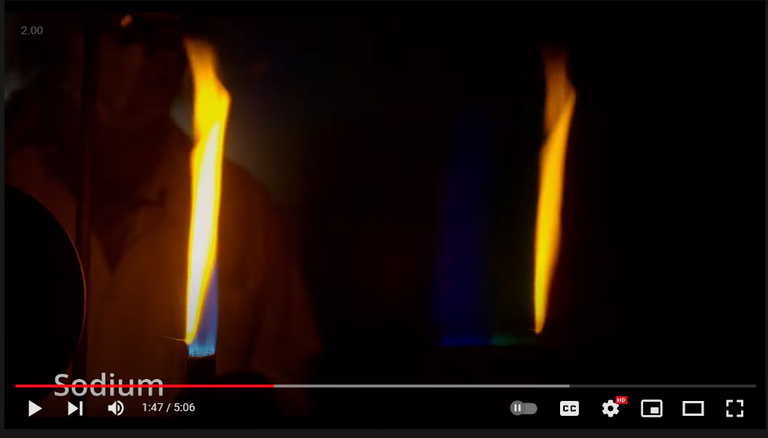
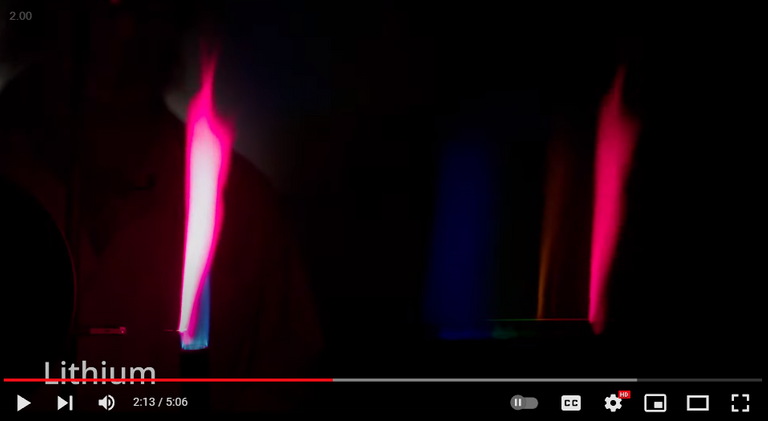
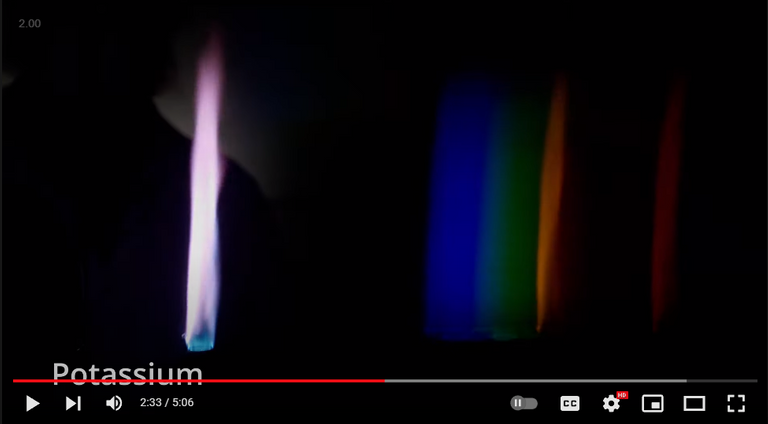
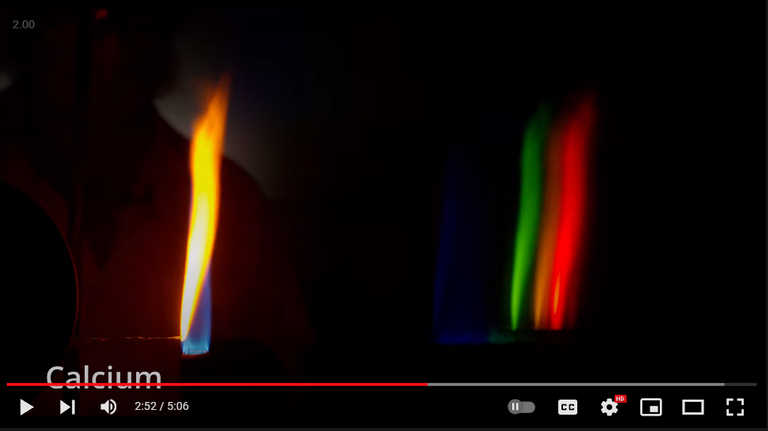
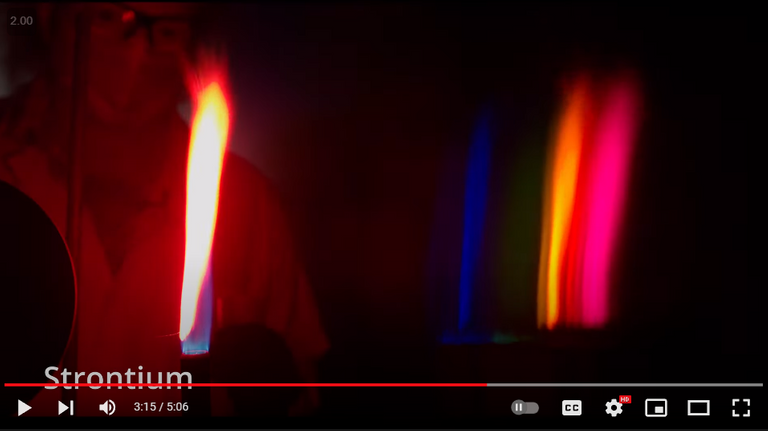
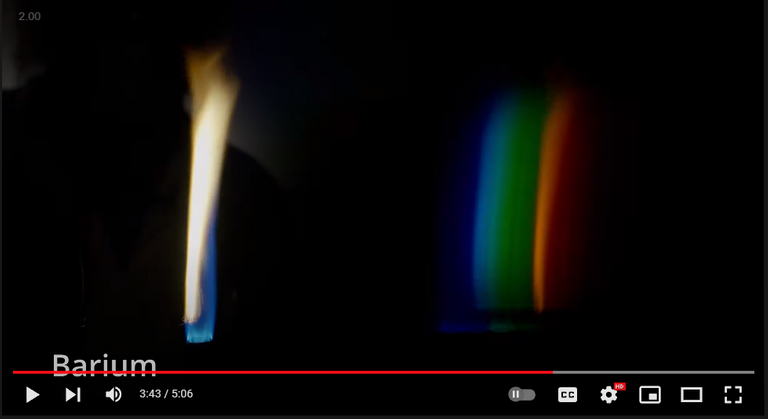
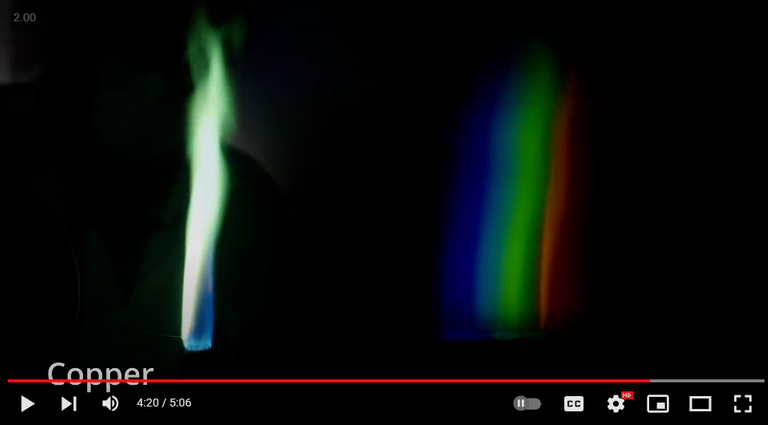
Pretty epic stuff!
That is a great experiement! It was amazing to learn about it

!1UP
You have received a 1UP from @gwajnberg!
@stem-curator, @vyb-curator, @pob-curator, @pal-curator
And they will bring !PIZZA 🍕.
Learn more about our delegation service to earn daily rewards. Join the Cartel on Discord.